The Nicobar Pigeon is one of the most beautiful and colorful bird species in the world. Scientifically known as Caloenas nicobarica, it is a captivating bird that inhabits the lush tropical islands of the Nicobar archipelago. With its vibrant plumage and unique features, this pigeon is truly a jewel of the avian world.
Nicobar Pigeon images
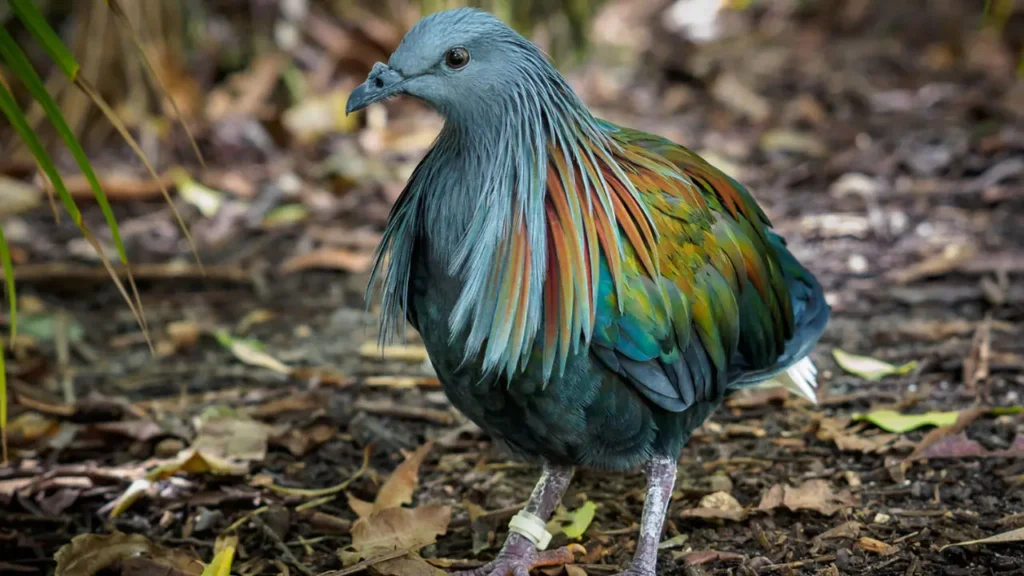
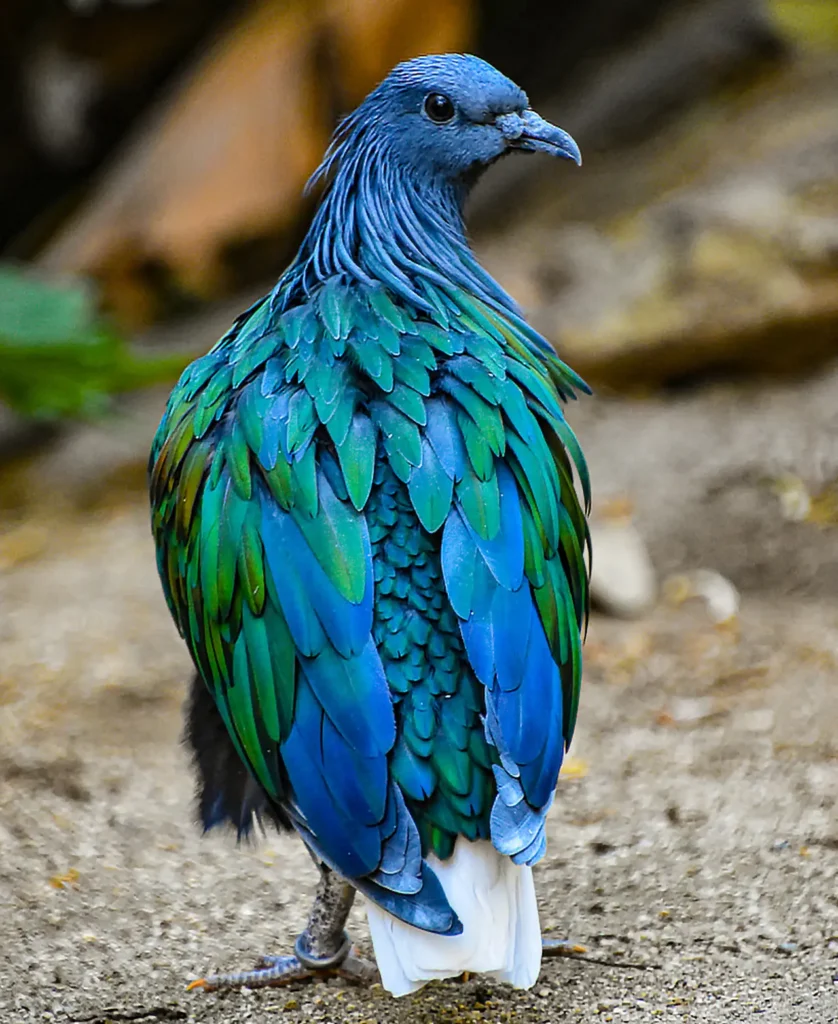
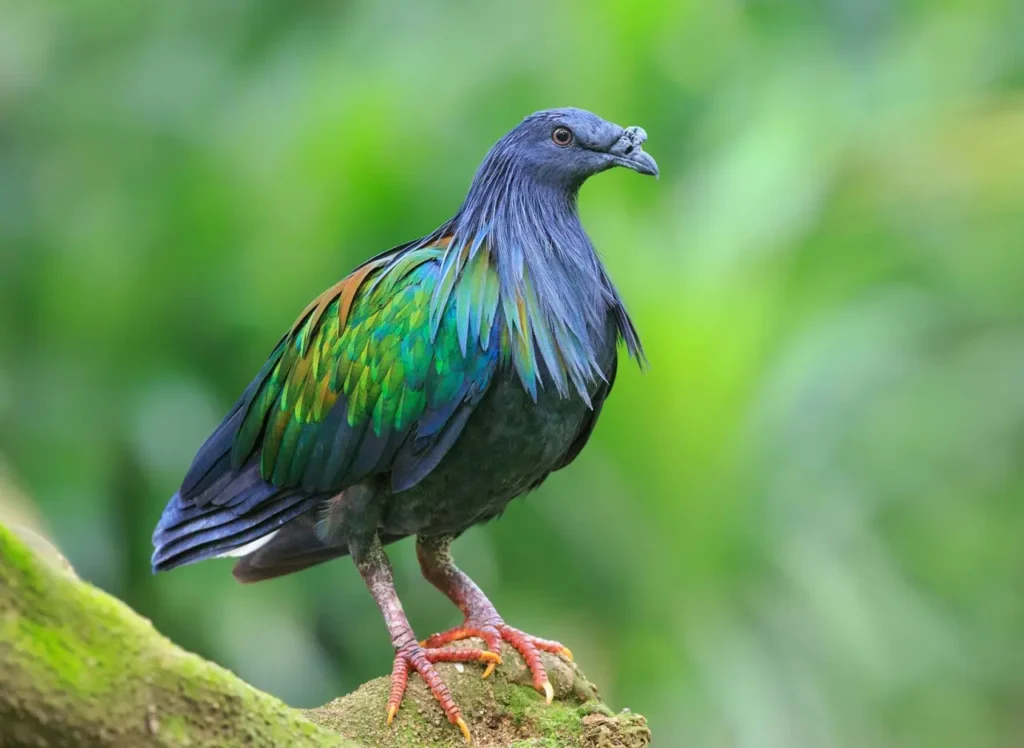
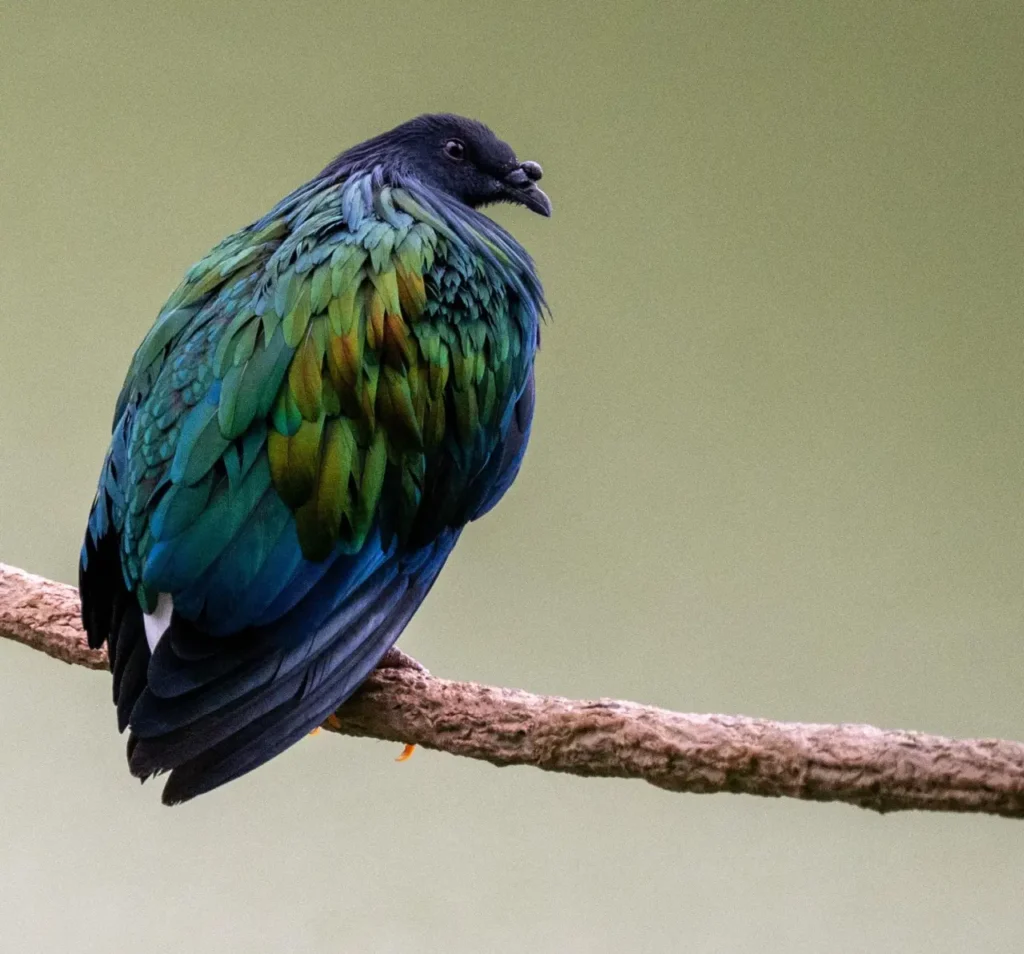
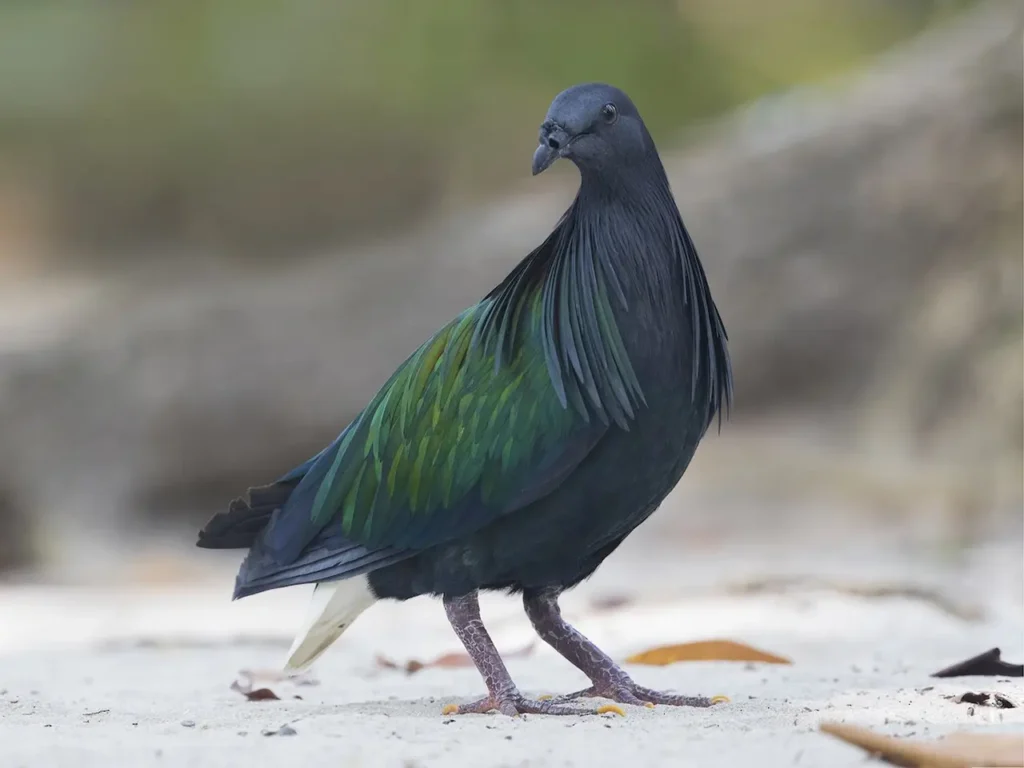
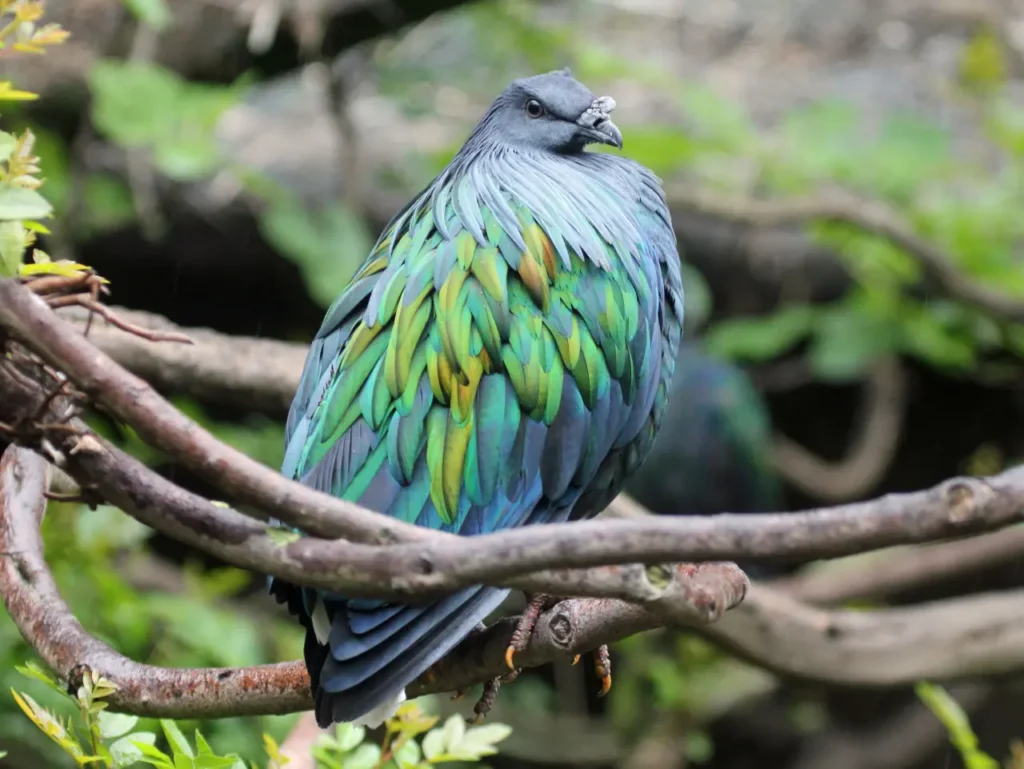
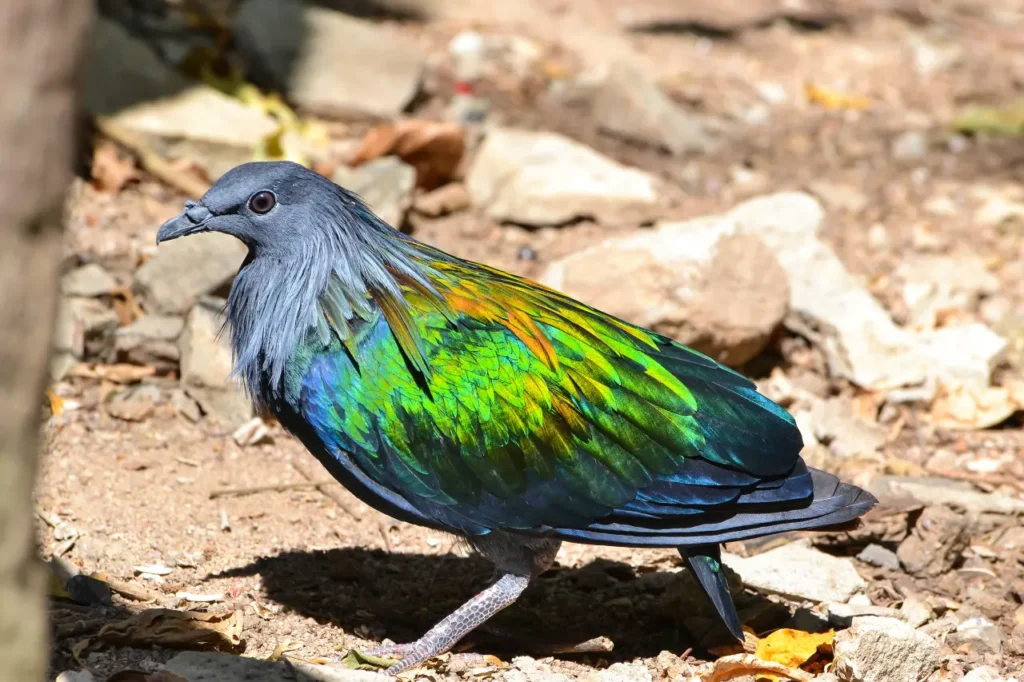
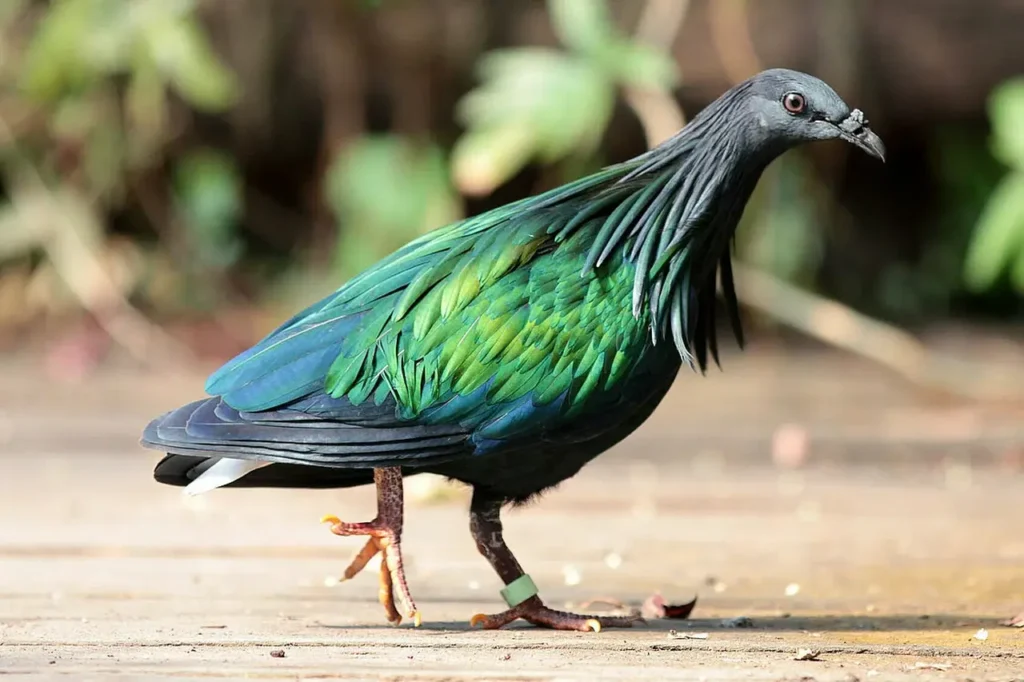
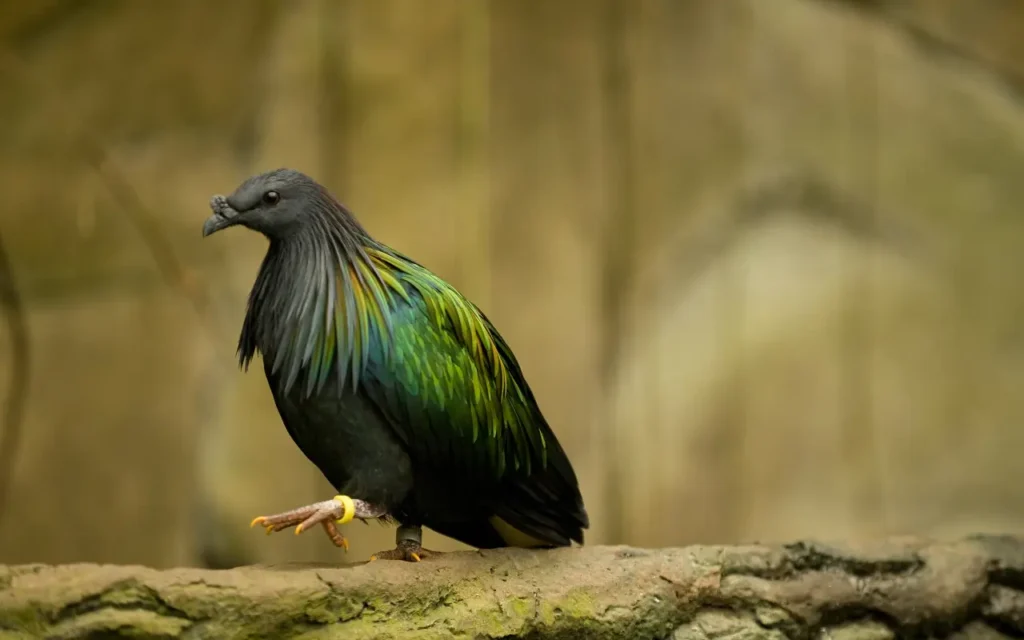
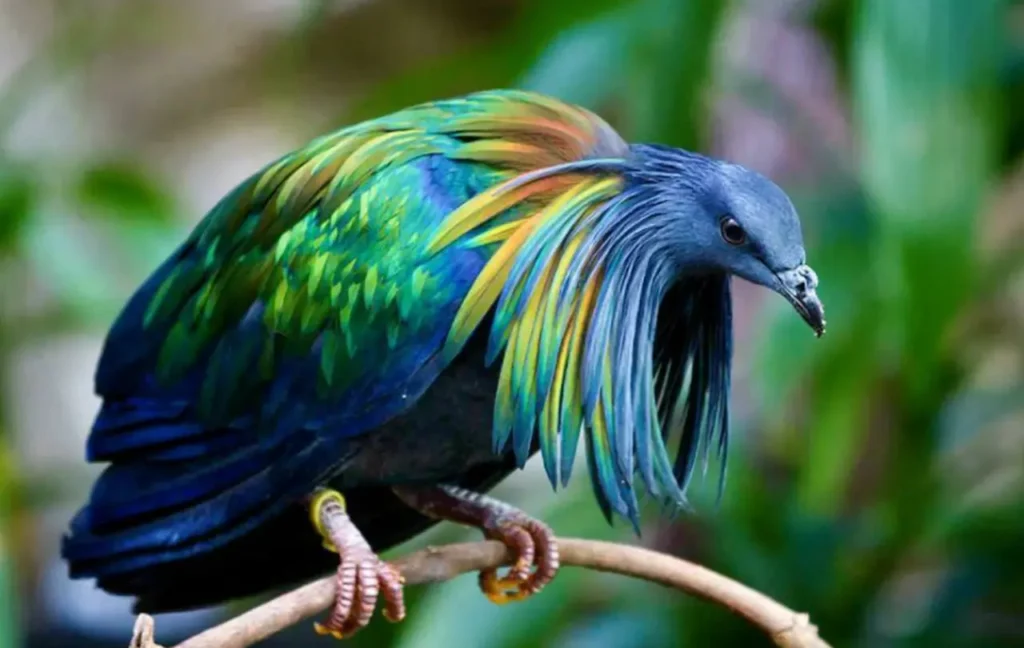
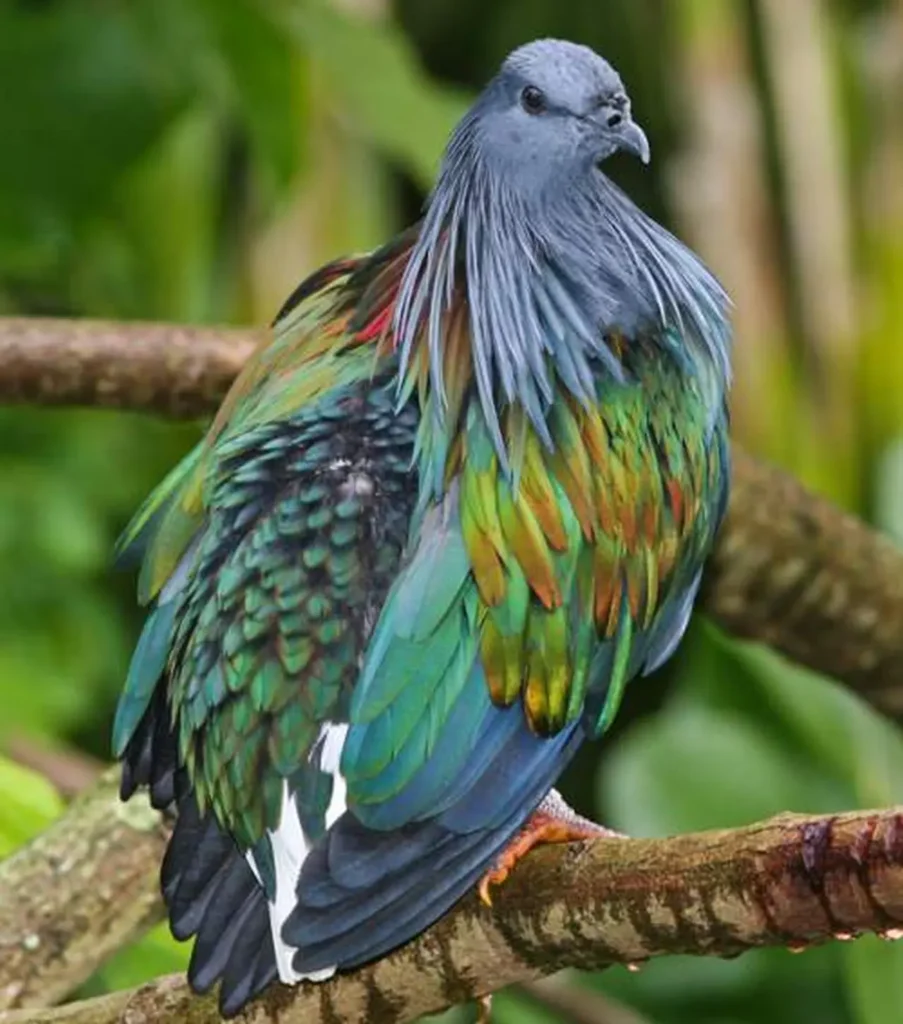
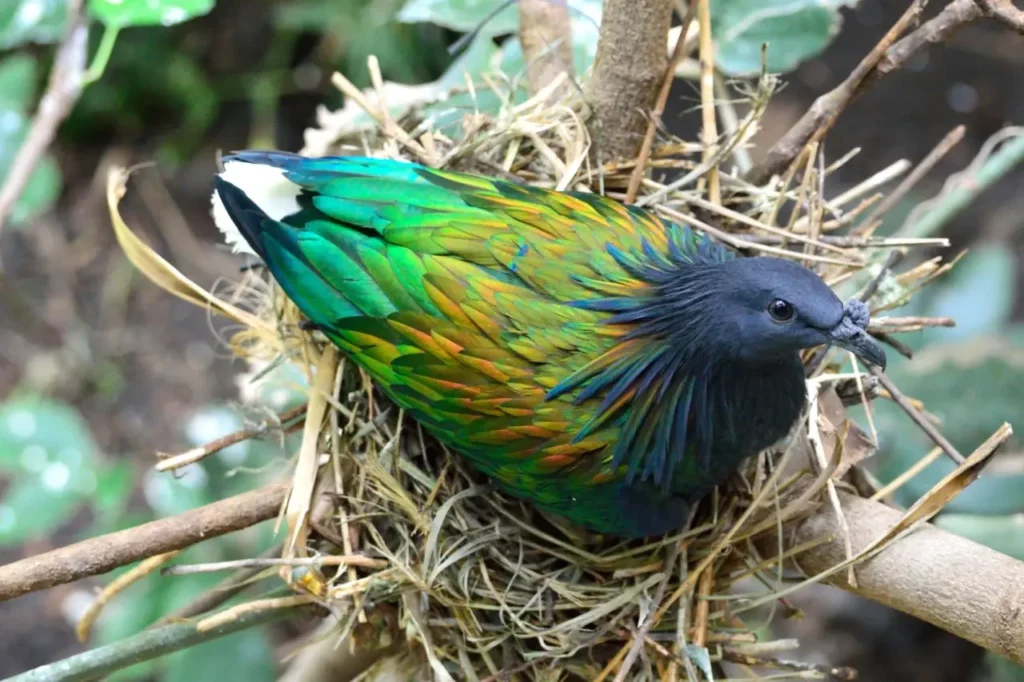
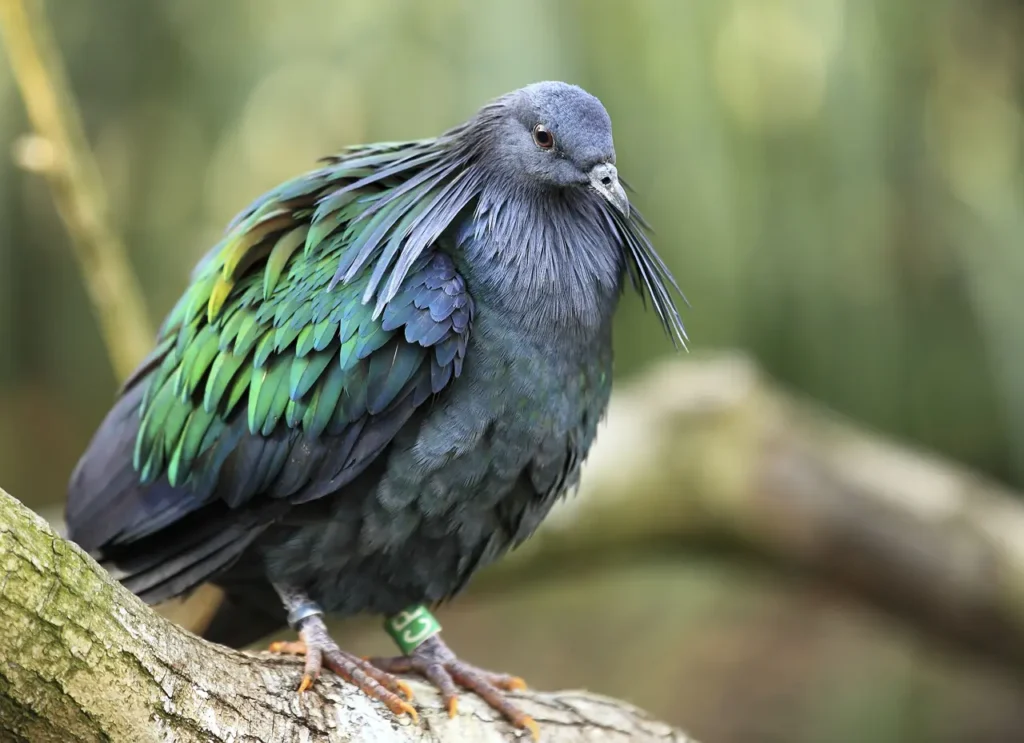
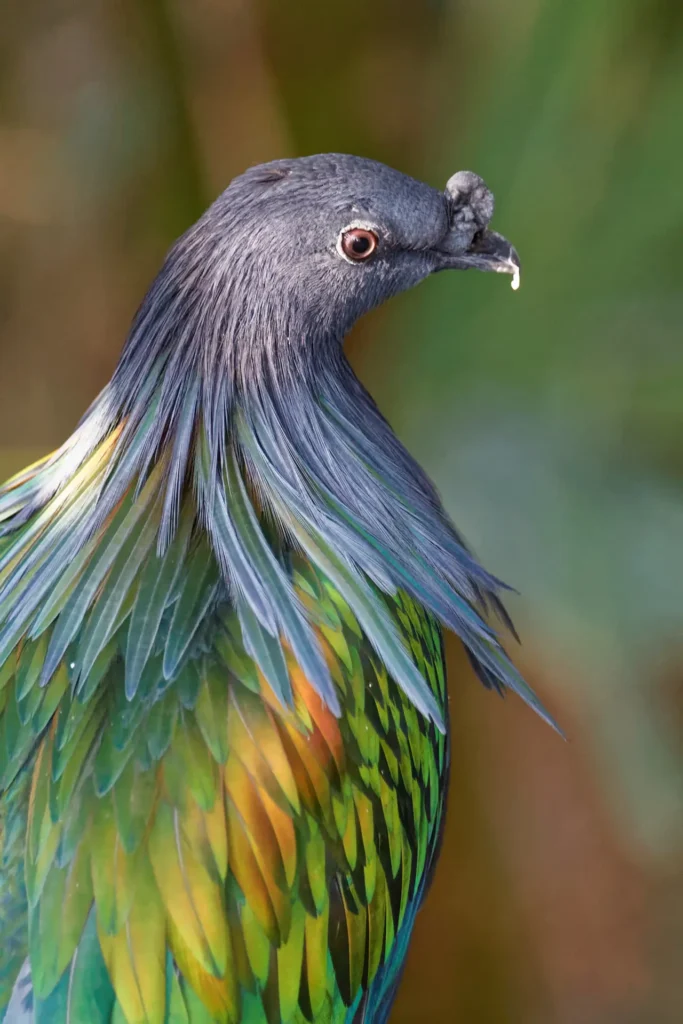
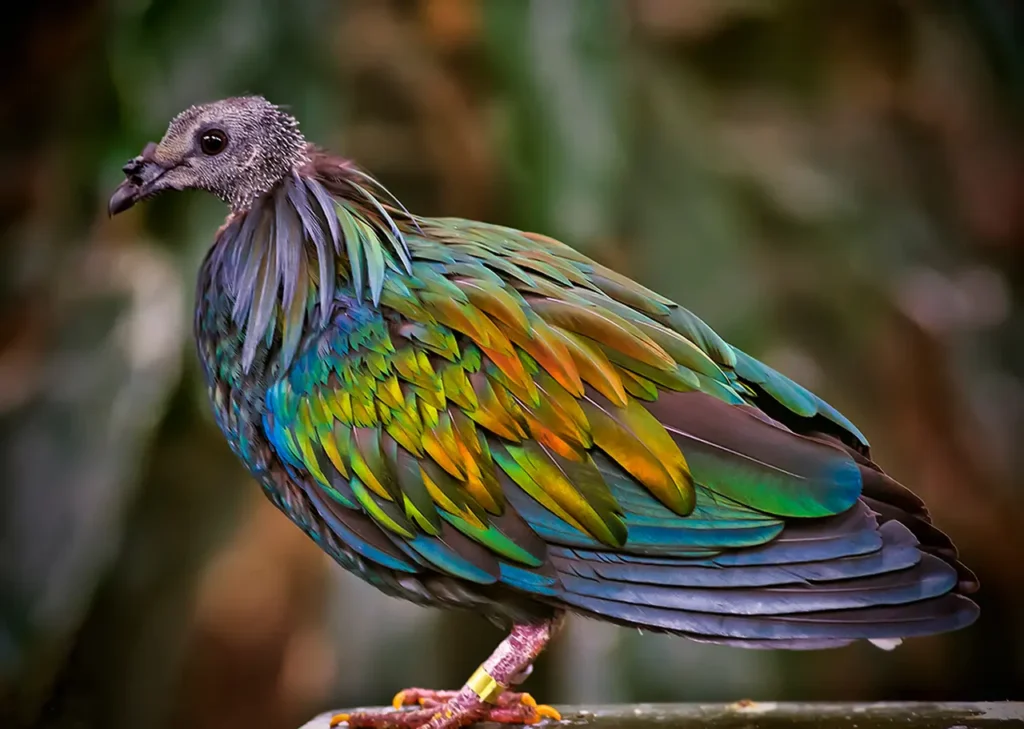
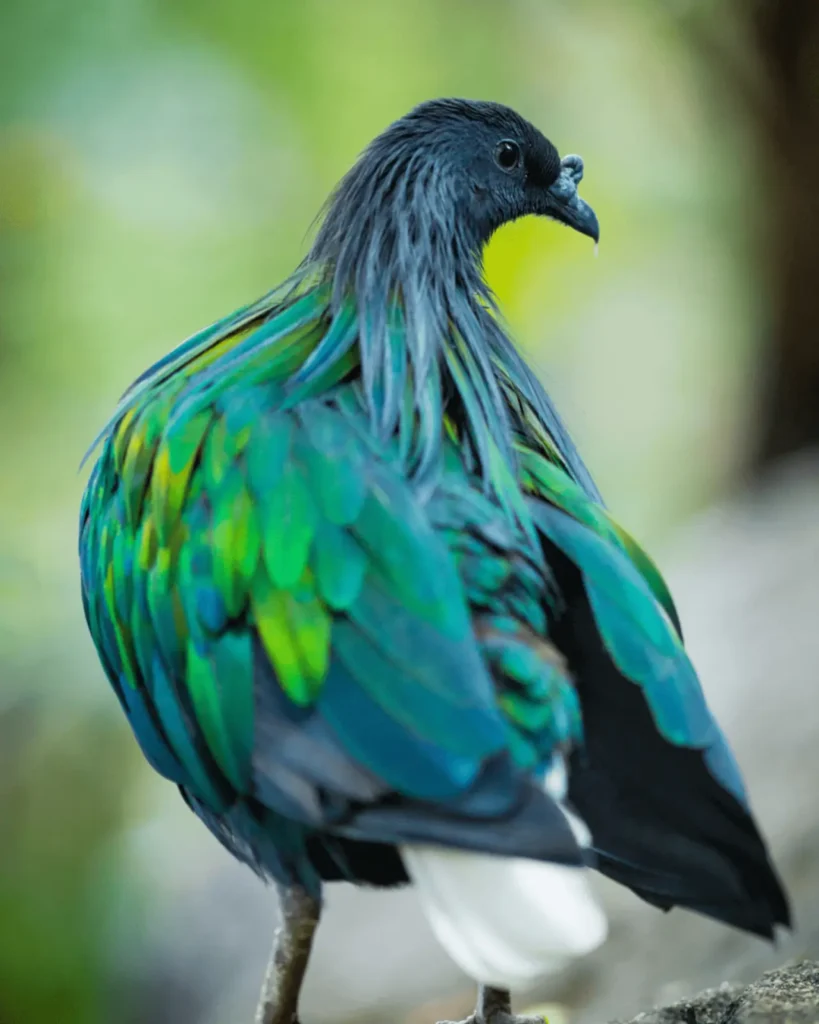
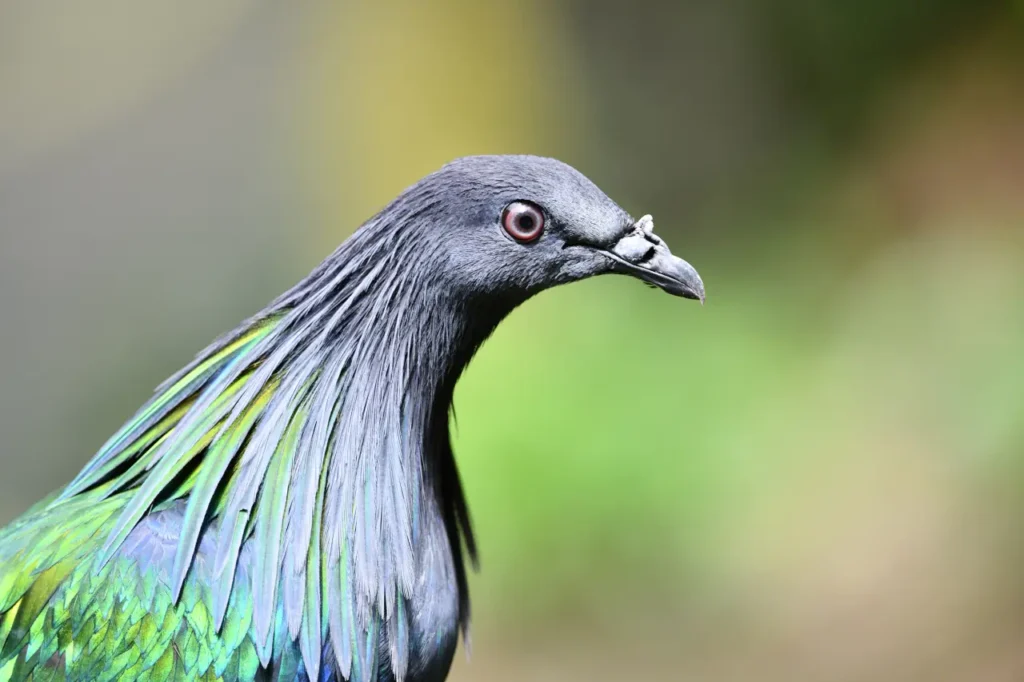
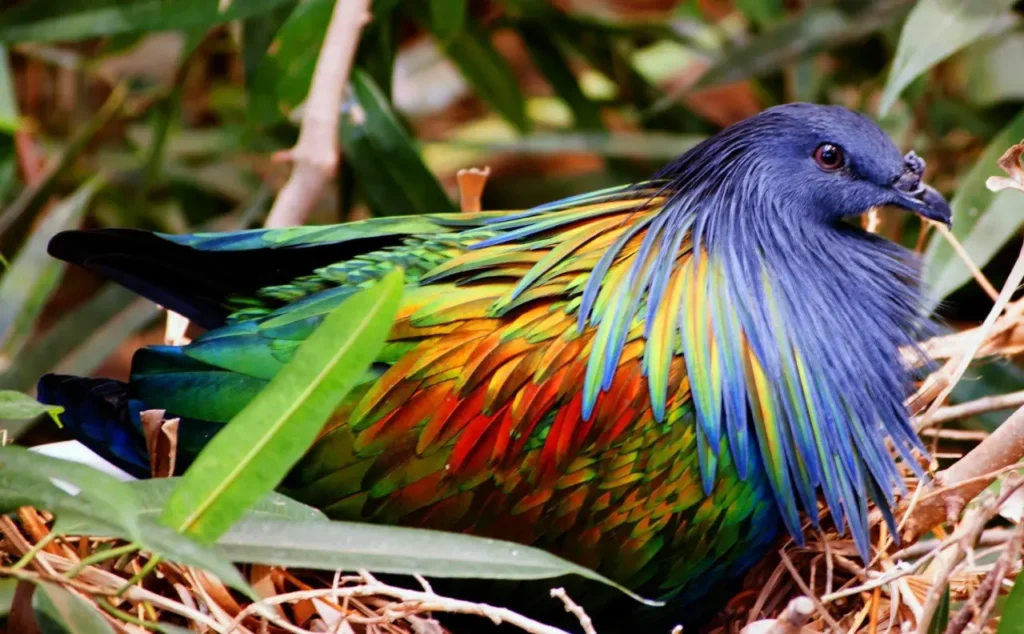
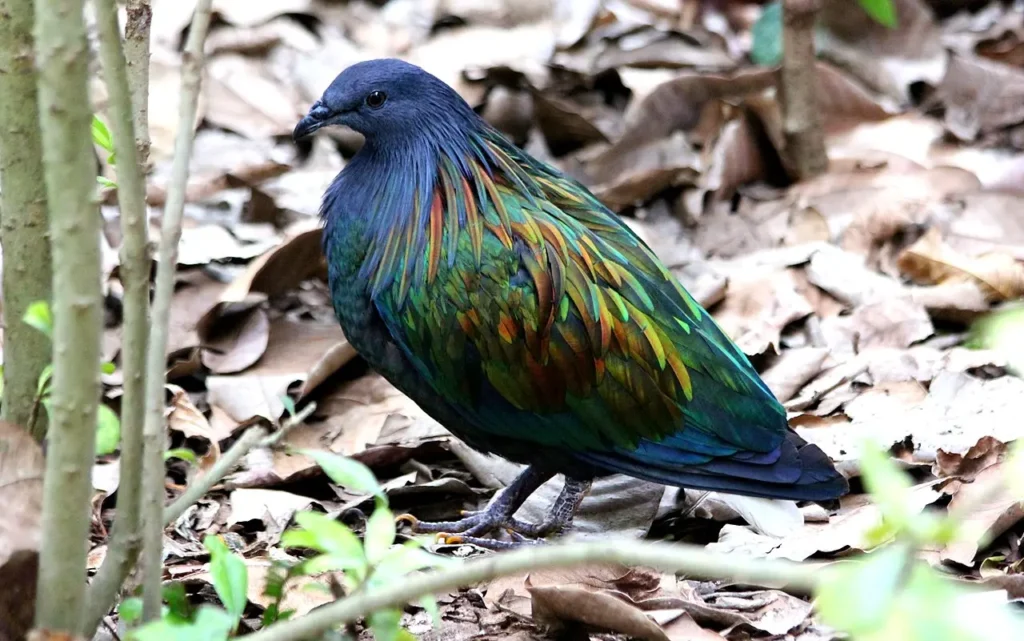
Facts about Nicobar Pigeon
One of the most striking characteristics of the Nicobar Pigeon is its iridescent plumage. The feathers on its neck and breast shimmer with shades of metallic green and bronze, creating a mesmerizing display of colors. The rest of its body is adorned with various hues, including purples, blues, and grays, beautifully blending together. Its long, elegant tail feathers add to its overall grace and allure.
Endemic to the Nicobar Islands in the Indian Ocean, the Nicobar Pigeon inhabits dense forests and coastal regions. These birds are known for their strong flight capabilities and are often seen soaring through the skies with remarkable agility. They feed on a diverse diet consisting of fruits, seeds, and insects, making them important seed dispersers within their ecosystems.
The Nicobar Pigeon possesses a distinct appearance that sets it apart from other pigeon species. It has a long, slender beak, which is adapted for foraging and accessing its preferred food sources. Additionally, its eyes are adorned with a distinctive bright red iris, adding a unique charm to its already enchanting features.
Not only is the Nicobar Pigeon a visual delight, but it also holds cultural significance in the communities residing in the Nicobar Islands. Local traditions and folklore often associate this bird with spirituality, fertility, and good fortune. Its feathers are sometimes used in traditional ceremonies and crafts, further highlighting its cultural importance.
Conservation efforts are crucial to protect the Nicobar Pigeon and its fragile habitat. Habitat destruction, illegal hunting, and collection for the pet trade pose significant threats to the species. Establishing protected areas, promoting sustainable tourism practices, and raising awareness about the importance of conservation are essential steps in safeguarding the future of this exquisite bird.
Encountering a Nicobar Pigeon in the wild is a true privilege. Its beauty and elegance serve as a reminder of the incredible biodiversity found in our world’s tropical regions. By appreciating and respecting these remarkable creatures, we contribute to the conservation of their habitat and ensure the preservation of their natural splendor for generations to come.








